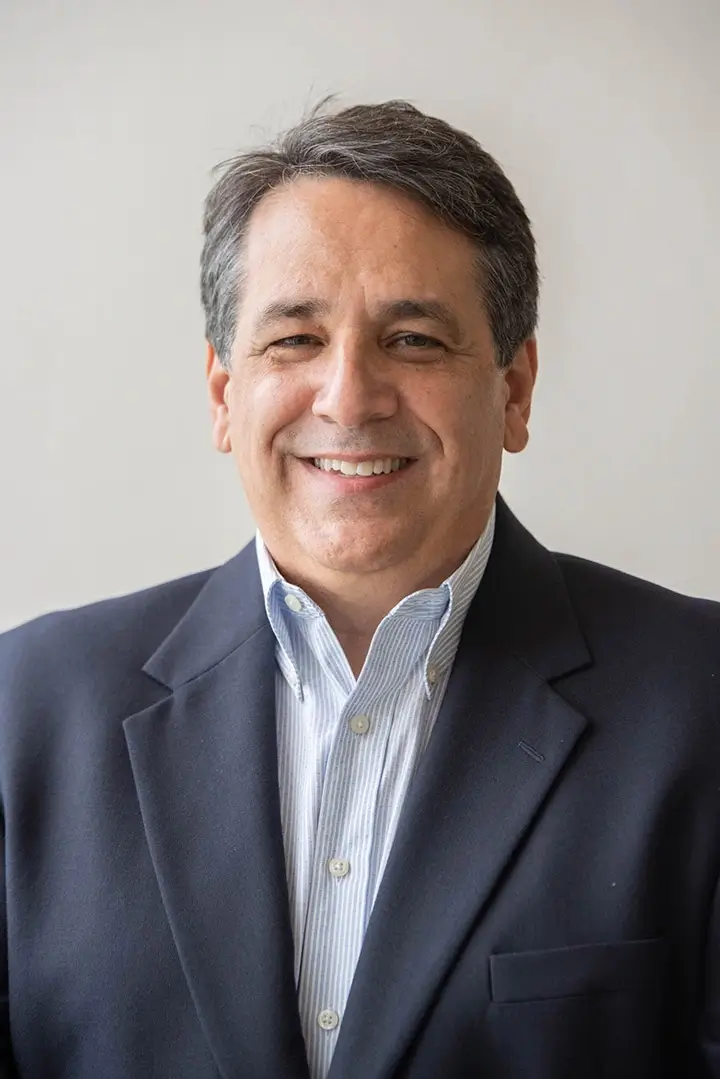A previously held theory that many types of cancerous tumors are formed by a very small subset of cancer stem cells has now been contradicted.
Using a different strain of “knock-out” mice than those which are usually used in such studies, scientists at the University of Michigan have discovered that a much larger percentage of stem cells are capable of causing cancer, at least for some types of cancer.
Led by Dr. Sean Morrison, a highly respected stem cell oncologist and a cofounder of the cancer stem cell biotech company Oncomed, the scientists discovered in a melanoma mouse model that as much as 25% of the cancerous cells are capable of reproducing, which is a significantly higher percentage than formerly expected. According to the previously held theory, only approximately one in a million cancerous stem cells should be capable of reproducing.
According to Dr. Morrison, who is also director of the Center for Stem Cell Biology at the University of Michigan Life Sciences Institute, “We’re not trying to claim there is no merit to the field, but we think that the frequency of cancer stem cells will be much higher. And there will be some cancers like melanoma where lots of cells will be tumorigenic and it won’t be possible to treat those cancers by treating a small subset of cells.”
In recent years the field of oncology has been strongly influenced by the cancer stem cell theory of tumorigenesis, which spawned an entire biotech industry that mobilized itself around the development of a new class of cancer drugs that were specifically bioengineered to attack cancer stem cells. Many of these drugs are just now entering clinical trials. Oncomed itself has been a leader in this industry, having recently signed a $1.4 billion commercialization deal with GlaxoSmithKline, which is the largest ever biotech deal for a product that was still in the preclinical stage. A number of other major pharmaceutical companies are still developing their own pipelines of anti-cancer drugs based on the now-outdated theory.
According to Dr. Scott Kern, an oncologist at Johns Hopkins and a noted critic of the previous theory, “The paper seems in line with what one should expect. Solid tumors will not be found to follow the stem cell theory.”
The theory, based heavily upon mathematical extrapolation which many critics found to be weak, may still apply to some types of cancers such as leukemia, but not to carcinomas such as brain tumors and sarcomas. And when examined closely, the results of Dr. Morrison’s study make intuitive as well as scientific sense. As Dr. Morrison explains, “When you look back at science, it’s the theories that make the most intuitive sense that people run with before the data exists.” Now the corroborating data have been provided.
Dr. Max Wicha, however, who is also a cofounder of Oncomed and an oncologist at the University of Michigan, believes that further clarification and studies are still needed, and offers yet another alternative perspective by adding that, “Morrison’s work is very interesting and important but we need to look at the different mouse models and see which provides the best representation of what’s in patients. He’s saying that we may have underestimated the number of tumorigenic cells. I say his new model may have overestimated that number. These are cells which have stem cell properties.”
Further clarification may take some time, however, since a number of anti-cancer stem cell drugs are currently in clinical trials but the complete results of such trials will not be forthcoming for another few years. Drugs specifically designed to target cancer stem cells are now in phase I clinical trials, which test for safety, and will not begin phase II clinical trials, which test for efficacy, for another year or two. As Dr. Wichia explains, “Those will really tell us whether the clinical endpoints will improve. If we start seeing any improvement in survival and the patients doing better, it’ll all take off.”
One of the drugs currently in clinical trials is Oncomed’s own drug candidate, OMP-21M18. According to Dr. Morrison, “If the therapeutic shows a benefit to patients, then all of these scientific concerns go by the wayside. And even if the model is flawed in fundamental ways, if it led them to a good therapeutic, that’s still worth a lot.”
Anyone who is awaiting one single silver bullet that can be used categorically against all types of cancers, however, will probably be disappointed, since each successive discovery merely illuminates the inherent complexity of all types of cancer, and therefore the importance of developing specific treatments that are as unique as is each individual type of cancer. As Dr. Morrison explains, “The reality is that cancer is an extraordinarily resourceful disease and every time there has been a new idea, people have seized on it to make it the big answer. Cancer is resourceful enough that there isn’t going to be a big answer.”

